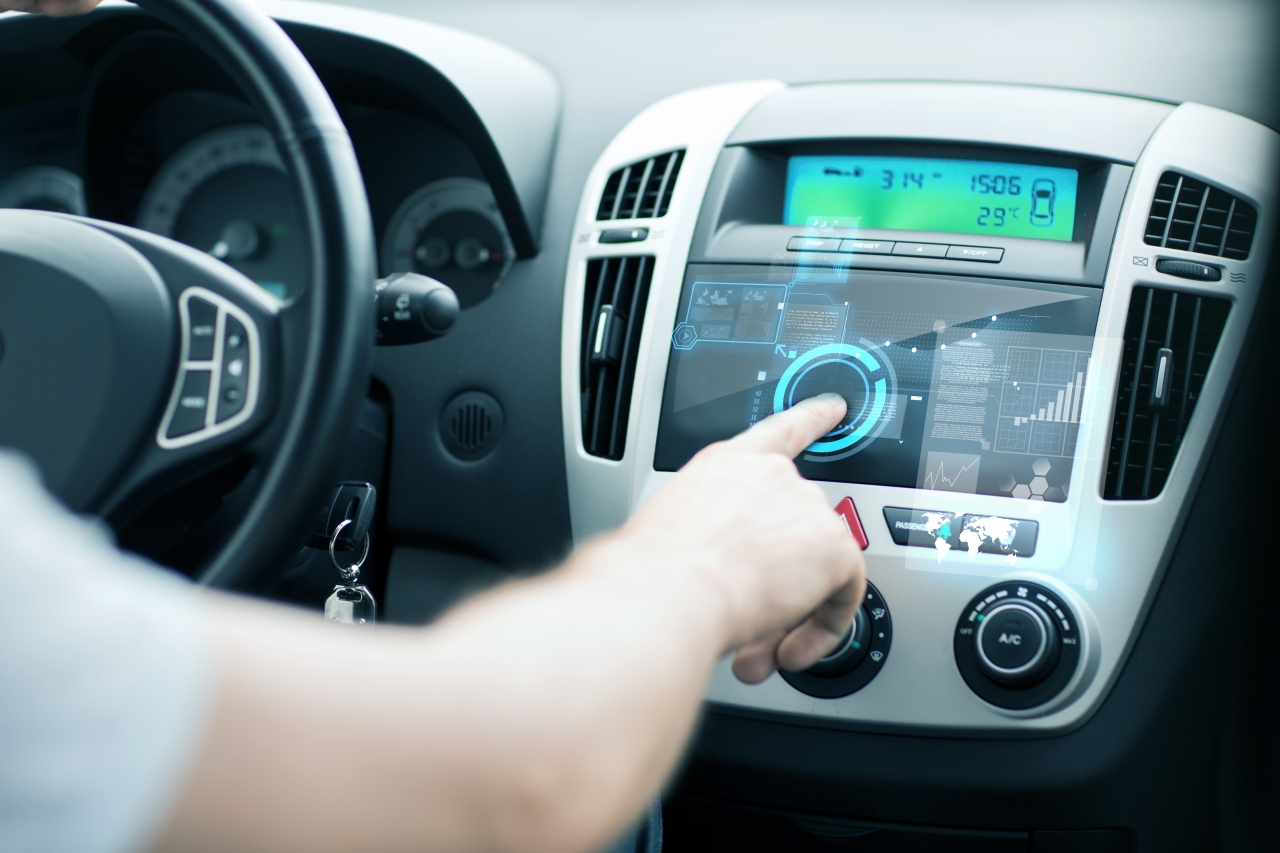Burgeoning National EV Trend Helps Drive Local Environment, Climate Stories
- Read original article here

Autumn is here, which means lots of journalists — and their audiences — are heading to the auto shows. But this year looks different. North American carmakers and buyers are pumping up excitement over the electric vehicle transition, with the big news being California’s decision to go all-electric by 2035.
Some people are already driving electric cars today. Now many more seem to be thinking about buying (and companies building) them. It’s a national trend that local environmental reporters can parlay into close-to-home stories.
Cars are a local story almost everywhere — just know that it’s a story that varies widely from place to place. It’s one thing in Detroit, another in Los Angeles and another yet on the high plains of Wyoming.
The EV trend is important not just because of its effect on the range of environmental ills that come from auto and truck pollution, but because of its prospective impact on climate change. Transportation (mostly auto emissions) is now the largest source of greenhouse gas emissions in the United States: 27% of the total compared to 25% for electric power production.
Carbon dioxide from combustion is the main issue here (although other problem gases are in the mix). CO2 is still the most abundant greenhouse gas and reducing its atmospheric concentration by cutting emissions is still the most important thing we can do as a nation to mitigate global heating.
Environmental journalists already know much about the myriad ways climate change will be affecting our lives in the coming decades and centuries — with its worsening hurricanes, floods, sea level rise, droughts, famines, displacement … and numerous other disasters.
It’s important to remember that electric vehicles only reach their full emission-reduction potential (zero would be nice) when they are powered by renewable, clean electric power. Without a quick transition away from combustion-based power generation, electric cars won’t fulfill their climate mission.
TipSheet won’t bore you with the whole long history of energy or transportation in America. But as cars took over the U.S. landscape and lifestyle after World War II, Los Angeles and its basin were plagued by blinding, stinging smog. The Clean Air Act of 1970 (the most fundamental federal pollution control law) set federal limits on mobile source emissions that states had to follow.
But because California had worse pollution than the rest of the country, the act allowed the U.S. Environmental Protection Agency to waive the prohibition on states’ setting tougher standards. California did — pushing carmakers nationwide to build cleaner cars — and the EPA’s waiver for California persisted for more than 50 years.
Then came Trump. The Trump EPA rescinded California’s waiver, to the consternation of Angelenos and the cheers of some carmakers. When Biden came in, he restored California’s waiver.
Just this year, though, California regulators decided to set a goal of phasing out sales of all new fossil-powered cars by 2035. Zero-emission cars, presumptively, would be powered by batteries or fuel cells.
At least 14 other states have now declared they will follow California’s example. So as of now, the car industry looks ready to go forward with the transition.
[Editor’s Note: For more on electric vehicles, see our Issue Backgrounders, Carmakers Map Out Shifting Road Ahead and Does Climate’s Future Depend on Better Batteries? And be sure to get up-to-date transportation headlines from EJToday.]
Joseph A. Davis is a freelance writer/editor in Washington, D.C. who has been writing about the environment since 1976. He writes SEJournal Online's TipSheet, Reporter's Toolbox and Issue Backgrounder, and curates SEJ's weekday news headlines service EJToday and @EJTodayNews. Davis also directs SEJ's Freedom of Information Project and writes the WatchDog opinion column.
* From the weekly news magazine SEJournal Online, Vol. 7, No. 32. Content from each new issue of SEJournal Online is available to the public via the SEJournal Online main page. Subscribe to the e-newsletter here. And see past issues of the SEJournal archived here.
Images Powered by 
